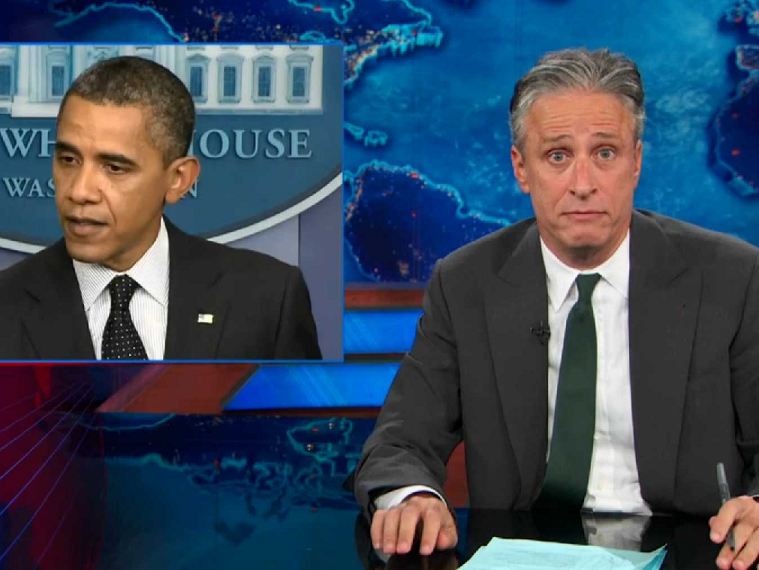The “Comedy of Exasperation” and Satire TV in the Obama Era
Nick Marx / Colorado State University

It’s tempting to read Stewart’s quip as evidence of the latter, or, more specifically, as symptomatic of the resentment wrought by Obama’s many “failures” to rectify the complex social, financial, and diplomatic sins of his predecessor. Instead, I’d suggest that it comes more from a “comedy of exasperation,” what Kyle Stevens calls “a condition of being angry while lacking an object to express one’s anger at, [one that] emerges most insistently in a moment distinguished by wireless technologies and global financialization; in a time when we cannot point to the powers that control our daily lives.”3 In some ways for dissertation writing, Stewart and company are victims of their own success, having become so adept at clarifying for viewers the myriad power structures governing contemporary American citizenship that their sheer abundance can seem overwhelming. Unfortunately, this line of reasoning recalls the “comedy as cynicism” critique a bit too much and forecloses a productive dialogue about how satire TV, despite the diffusion of its targets, continues to play a vital role in political discourse.
Before outlining that role, however, it is imperative to note here that in order for satire TV to evolve as a megaphone for political dissent, it has to broaden the tent. That every one of the comedians I’ve named above identifies as white, heterosexual, and male not only reeks of complicity with longstanding assumptions about the belongingness of (straight white) men and comedy, but is also creating some stagnation in the genre. True, The Daily Show has sought diversity in its correspondents, and several notable programs have recently or look like they’ll strive for the same (FX’s Totally Biased with W. Kamau Bell; Comedy Central’s planned The Colbert Report replacement, The Minority Report with Larry Wilmore; and, possibly, Chelsea Handler’s 2016 Netflix program), but televised political satire could be much more engaged in supporting the identity politics it so regularly lampoons. Furthermore, satire TV would do well to explore the possibilities of the non-commercial platforms being inexorably vacated by public-interest journalism. Though clearly compromised somewhat by its place on the subscription network HBO, John Oliver’s Last Week Tonight stands out as a recent model for how satire TV can explore long-form investigations relatively free of commercial constraints.
After two decades of development, though, it’s worth highlighting how satire TV in the Obama era has moved beyond the sound-bitable bumbles of George W. Bush and targeted more broadly the residual social, cultural, and political power structures left in his wake. The most nefarious of these are the various iterations of “post-”ness as they relate to marginalized identity formations. To that end, the work of The Daily Show correspondent Jessica Williams has recently brought refreshing perspective to popular debates about gender and sexuality, particularly as they intersect with constructions of race:
Image Credits:
1. Daily Show
Please feel free to comment.
- See Gray, Jones and Thompson, Satire TV, New York: New York University Press, 2009; Gournelos, Popular Culture and the Future of Politics: Cultural Studies and the Tao of South Park, Lanham, MD: Lexington Books, 2009; and Day, Satire & Dissent, Bloomington IN: Indiana University Press, 2011. [↩]
- See Baumgartner and Morris, “The Daily Show Effect: Candidate Evaluations, Efficacy, and American Youth” and Rottinghaus, Bird, Ridout, and Self, “It’s Better Than Being Informed: College-Aged Viewers of The Daily Show.” [↩]
- Kyle Stevens, “Where Vanity Meets Volition: Technicity, Self-Monitoring, and the Comedy of Exasperation.” World Picture 9, summer 2014. http://www.worldpicturejournal.com/WP_9/Stevens.html [↩]
Here is Kyle’s full piece: http://www.worldpicturejournal.....evens.html
Pingback: Totally Biased! - Voodoo Comedy Playhouse - Denver, Colorado